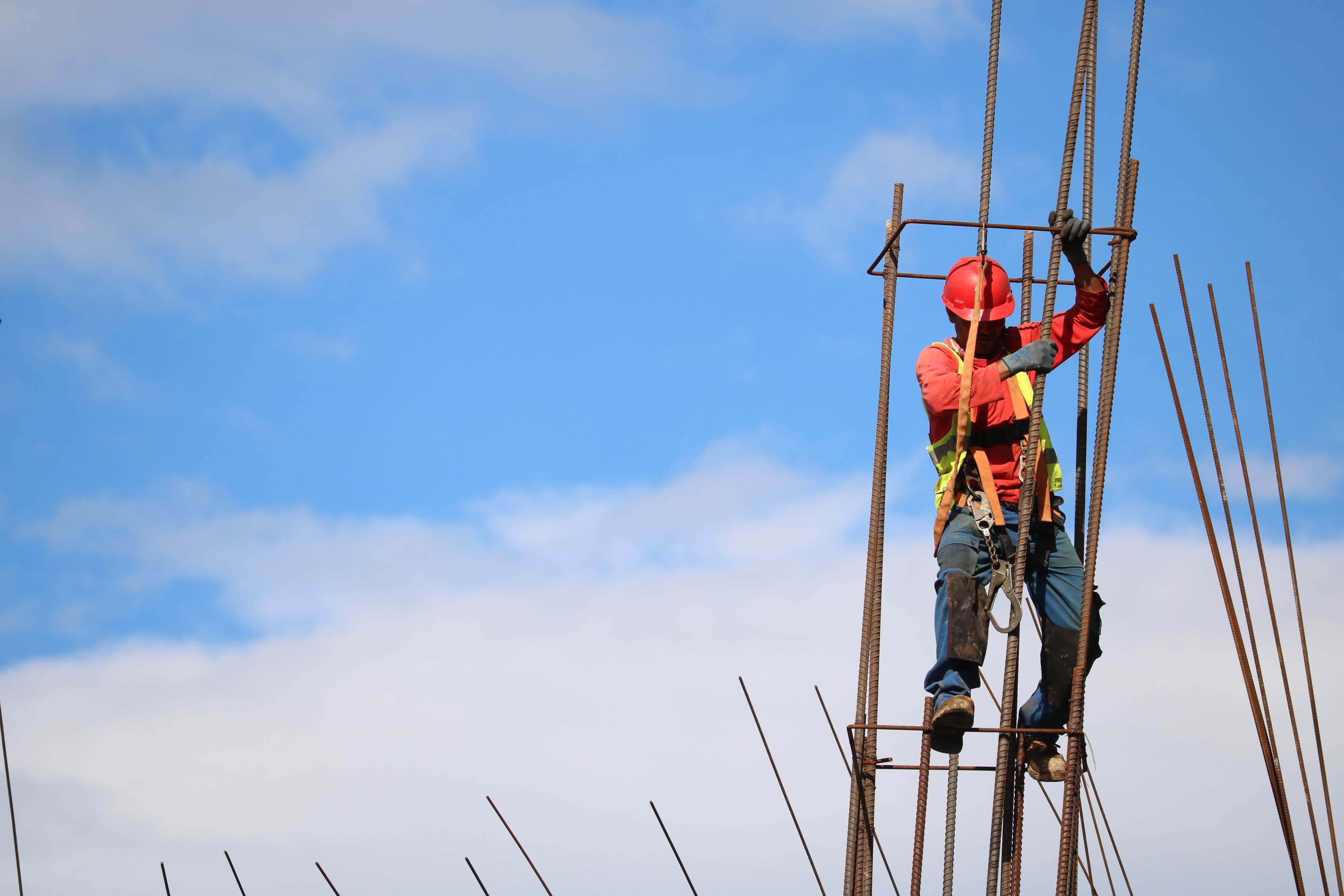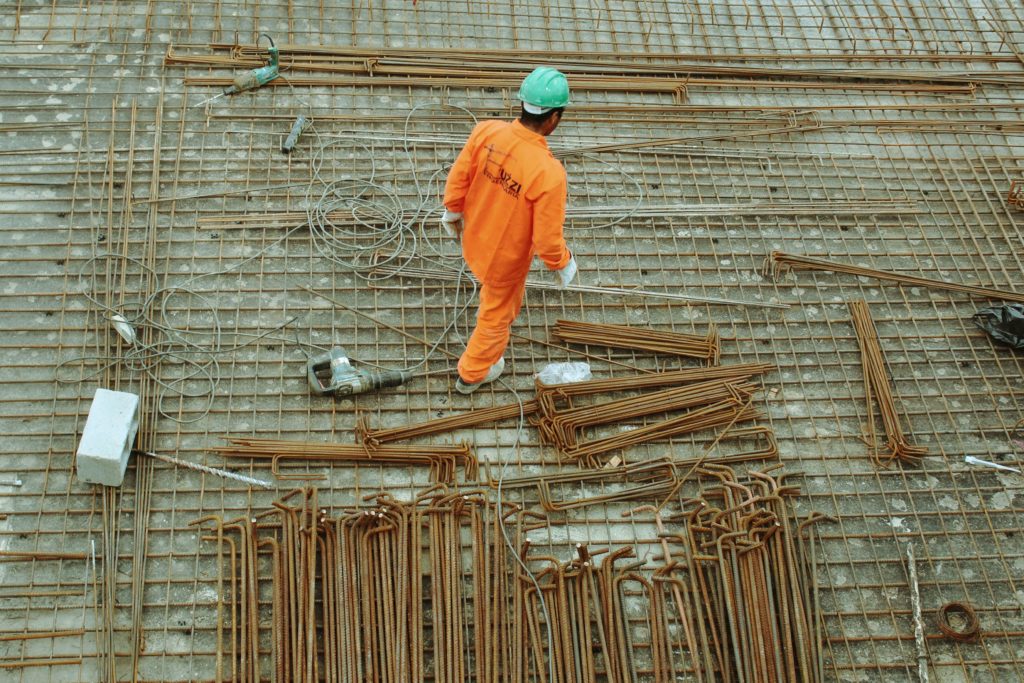What equipment should a lone worker choose?

Many workers find themselves working alone, without anyone to intervene in case of emergency. This is where lone worker equipment comes into play! It offers essential protection, allowing employees to work confidently. It’s a bonus for your company, ensuring the well-being of its employees.
- What is Equipment for Lone Workers?
- The Importance of Equipment for Ensuring Lone Worker Safety
- Different Types of Equipment for Lone Workers
- Choosing the Right Equipment for Your Team
- Safety Standards and Regulations
Equipment for Lone Workers: Ensuring Safety and Security
Equipment for lone workers is designed to provide protection and surveillance for workers operating far from direct contact with colleagues or their company. This technology aims to ensure their safety during incidents or emergencies while enabling quick communication with rescue teams or the employer.
The Importance of Equipment for Lone Workers
- Frontline Safety Measures
Ensuring the safety of lone workers is an absolute priority for any responsible company. These workers often encounter unpredictable situations and may be exposed to risks such as workplace accidents, injuries, or even medical emergencies. Equipment specifically designed for their safety is crucial to minimize these risks.
- Real-time Communication
One of the most critical aspects of equipment for lone workers is real-time communication. Devices such as rugged mobile phones or two-way radios allow workers to stay connected with their team or the company’s headquarters. In emergencies, this communication can save lives by enabling a swift response.
- Location Tracking
Knowing the whereabouts of lone workers is crucial for their safety. GPS tracking systems integrated into the equipment allow real-time monitoring of workers’ positions. This capability can be vital in case of accidents or the need for immediate assistance.
- Environmental Monitoring
Lone workers may face challenging environmental conditions such as extreme temperatures, toxic gases, or risks of falls. Modern equipment often includes environmental sensors that can monitor these conditions and alert workers to imminent dangers, preventing accidents and optimizing productivity.
- Task Management
Equipment for lone workers not only ensures safety but also improves task management. Specially designed applications can be integrated into devices to help workers organize their day, track tasks, and report progress, contributing to better efficiency and productivity.

Different Types of Equipment for Lone Workers
- Communication Devices
The primary defense for lone workers often lies in communication devices. These tools, including mobile phones, two-way radios, and secure mobile app messaging devices, enable constant contact with their team or supervisor even in remote environments.
- Location Systems
Knowing the location of a lone worker is vital for a rapid emergency response. GPS location systems allow real-time tracking of workers’ positions, essential in emergencies.
The safety of your employees is paramount. And what better way to ensure it than with a comprehensive application? Alerts, reliability, responsiveness, and simplicity come together with Nomadia solution!
- Incident Detection Devices
For advanced protection, incident detection devices automatically identify dangerous situations or signs of distress, including fall sensors, abnormal movement detectors, or video surveillance devices.
- Personal Protective Equipment
Apart from communication and monitoring, lone workers should have personal protective gear such as reflective vests, safety helmets, or specialized equipment for their working environment.
- Training and Education
Training workers on equipment usage, emergency procedures, and best practices for risk reduction is crucial for their safety.
Choosing the Right Equipment for Your Team
- Assessing Specific Needs
The first step in selecting equipment for lone workers is understanding your team’s specific needs. Every profession and work environment presents unique risks and requirements. Take the time to evaluate the tasks your workers perform, the potential dangers they are exposed to, and the environmental conditions they face.
- Reliable Communication
Communication stands as a crucial aspect of equipment for lone workers. Ensure that your workers have a reliable means of staying in contact with your central team or requesting help when needed.
- Geolocation and Real-Time Tracking
Geolocation and real-time tracking technology offer an additional level of security for your lone workers. With this feature, you can continuously monitor your employees’ positions, allowing a rapid response in emergencies. Note that monitoring your employees’ positions can only be done within the scope of their safety.
- Durability Matters
When selecting equipment for lone workers, consider the durability of the devices. Challenging working conditions can put equipment to the test, so it’s essential to choose products resistant to water, shocks, and dust. Long battery life is also a major asset to ensure the equipment remains operational for extended periods.
- Training and Awareness
Investing in training your workers on the usage of the equipment is as important as selecting the equipment itself. Ensure that your workers understand how to effectively use their safety equipment, including communication and geolocation devices. Raising awareness about the importance of this equipment can also encourage responsible usage.

Safety Standards and Regulations
- Legislation Concerning Lone Workers
Laws vary from country to country but generally share common principles regarding the safety of lone workers. In France, for example, employers are required to take measures to protect their employees in isolated work situations, in accordance with Article L. 4121-1 of the Labor Code.
- Employer Obligations
Employers have the responsibility to provide necessary safety equipment and appropriate training to their lone workers for their safety, including communication and location devices.
- Compliance with Standards
Ensuring that the provided equipment complies with current standards is essential. This means meeting safety requirements defined by the relevant authorities. Lone workers should rely on reliable devices to call for help when needed.
- Checks and Audits
It’s recommended for professionals managing mobile workers to implement regular check and audit procedures to ensure lone workers adhere to safety instructions and that the equipment is in good working condition. This helps detect and resolve potential issues quickly.
- Legal Responsibility
Non-compliance with safety standards can lead to legal repercussions for employers in case of accidents or harm to lone workers, emphasizing the importance of adhering to legal requirements.
Ensure the protection of your lone workers in case of accidents, falls, discomfort, or assaults with the most comprehensive solution available on the market!
